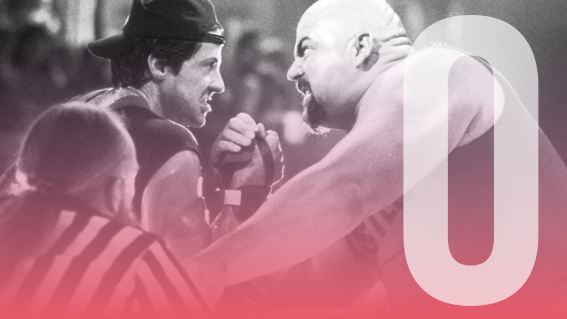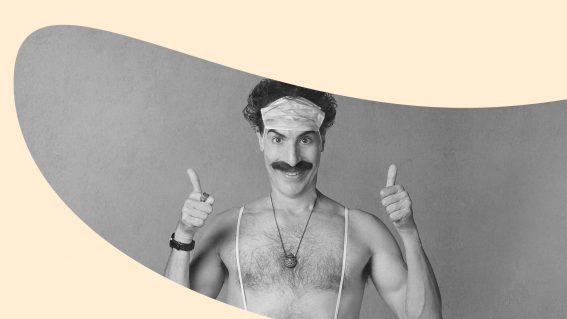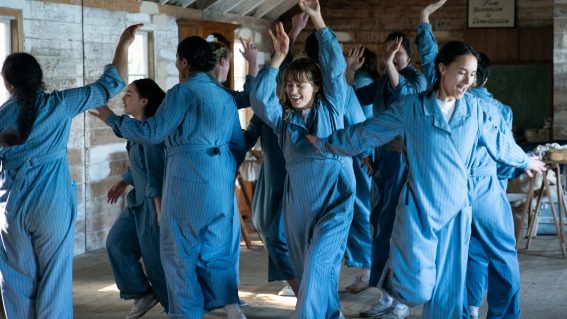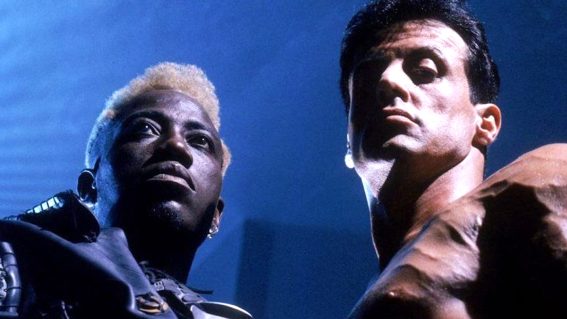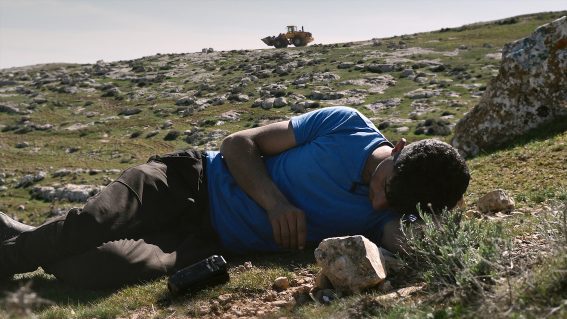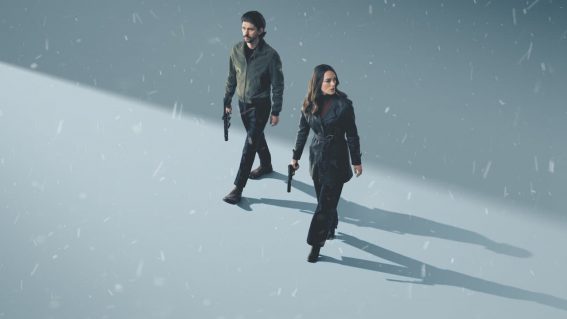Sight & Sound’s Top 10 Films Of All Time

Once a decade Sight & Sound magazine conducts a comprehensive poll of critics, programmers, academics and distributors to rank the top 50 films ever made. This year the 846 film experts who took part departed from common wisdom and dethroned Orson Welles’ masterpiece Citizen Kane. See the full Top 50 on their site.
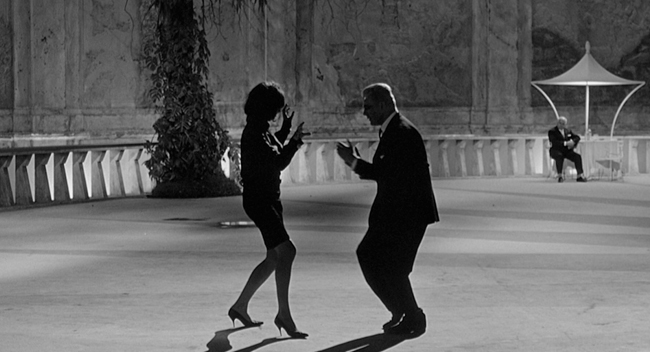
10. 8½ (1963)
Fellini’s Oscar-winning classic about filmmaking, the creative process and artistic courage comes in at 10th on Sight & Sound’s poll. Having previously made six features, two short films and a collaborative effort, the title 8½ is self-descriptive, being Fellini’s eighth film (and a half). The autobiographical touches only continue from there, the film being about an Italian director struggling with director’s block while himself making a semi-autobiographical film.
Mar Diestro Dópido comments in Sight & Sound that “the viewer sees Guido’s world not as it is, but more ‘realistically’ as he experiences it, inserting the film in a lineage that stretches from the Surrealists to David Lynch”.

9. The Passion of Joan of Arc (1927)
Considered one of the most influential films in the history of cinema, The Passion of Joan of Arc depicts the trial, imprisonment, torture and execution of Joan, played by Renee Maria Falconetti in her final cinematic role (possibly because the shoot was so notoriously gruelling).
Censored before its release, the master negative was then destroyed in a fire and director Carl Dreyer was unable to reassemble the film – dying with the belief that his version was permanently erased from history. However an almost complete print was discovered in the 80s in, of all places, the janitor’s closet of a mental institution.
In Sight & Sound Jane Giles describes Joan of Arc as “an unassailable giant of early cinema, a transcendental film comprising tears, fire and madness that relies on extreme close-ups of the human face”.
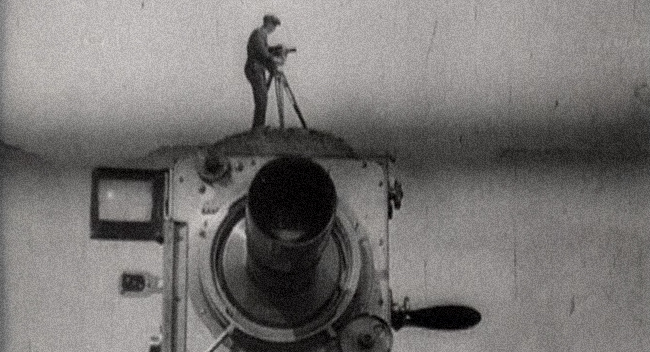
8. Man with a Movie Camera (1929)
Experimenting with both style and content, this Russian film follows a cameraman making documentary footage – but isn’t as simple as it sounds. Among other things, Man with a Movie Camera is a documentary about making a documentary that includes the film’s editing and a depiction of the audience watching it.
Director Dziga Vertov employs a dazzling range of cinematic techniques and was so worried that the avant-garde nature of Man with a Movie Camera would prove problematic that he included a statement prior to the film that boldly proclaimed it as an “experimentation in the cinematic communication of visual phenomena […] directed towards the creation of an authentically international absolute language of cinema”.
In Sight & Sound Nick Bradshaw says the film is “explicitly engaged both with recording the modern urban everyday (which makes it the top documentary in our poll) and with its representation back to its participant-subjects (thus the top meta-movie)”.
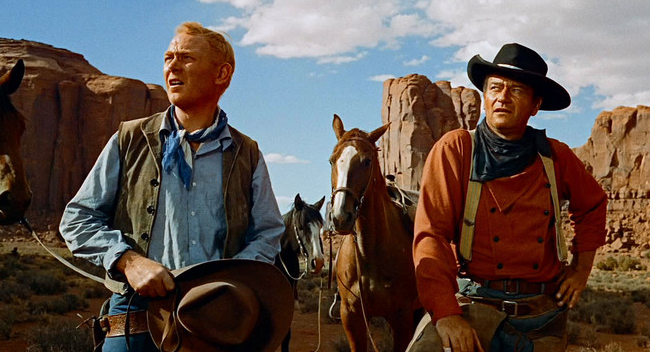
7. The Searchers (1956)
A contender for the greatest Western of all time, with John Wayne starring in Ford’s examination of obsession and racism as a Civil War veteran searching for his abducted niece. Wayne’s co-starring though, really, with Ford’s capturing of the American landscape making it almost a character in its own right – something that David Lean recognised and studied intently in his preparation for shooting the landscapes in Lawrence of Arabia.
The depth of the character studies in the film also proved influential, as did specific shots replicated by the likes of Spielberg, Scorcese, Godard and Lucas among others, and the film has been referenced by many over the last 50-plus years.
The Searchers has dipped in and out of the poll’s Top 10 over time, with Kieron Corless suggesting in Sight & Sound that this year’s placing is due to “John Ford’s stock having risen higher than ever this past decade and the citing of his influence in the unlikeliest of places in recent cinema”.

6. 2001: A Space Odyssey (1968)
Stanley Kubrick’s ambitious science-fiction epic requires little explanation for its place in the Top 10 (and does its best to defy explanation altogether).
Billed as “a countdown to tomorrow, a road map to human destiny, a quest for the infinite” – or more concisely “the ultimate trip” – Kubrick’s tour through consciousness starts with humanity’s prehistoric ape-ancestry past, then leaps millenia (via one of the most mind-blowing jump cuts ever conceived) into colonized space, and ultimately whisks astronaut Bowman (Keir Dullea) into the universe’s uncharted realms.
Roger Ebert describes 2001: A Space Odyssey in Sight & Sound as “a stand-along monument, a great visionary leap, unsurpassed in its vision of man and the universe”

5. Sunrise: A Song of Two Humans (1927)
Another film that had its original negative destroyed by fire, Sunrise is the silent tale of an affair that almost leads to murder.
Boasting enormous and expensive stylised sets and tricks like the longest (at that point) continuous tracking shot seen in a film, Sunrise nevertheless relies on the personal relationship at its core to function as a drama – the body language in the lead’s performances filling in the gaps left by the infrequency of titles.
In Sight & Sound Isabel Stevens describes Sunrise as “an example – perhaps never again repeated on the same scale – of unfettered imagination and the clout of the studio system working together rather than at cross purposes”.
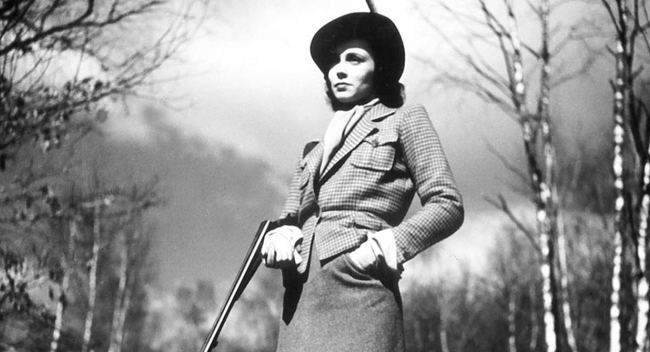
4. La Règle du jeu (1939)
Upper-class French society goes under the microscope in Renoir’s satirical adaptation of 19th Century play Les caprices de Marianne, brought forward to the beginning of World War Two as an ensemble made up of the bourgeoisie and their servants descend upon a French chateau.
The style employed by Renoir in La Règle du jeu (or, in English, The Rules of the Game) is perhaps best-known for his use of deep focus to place an equal weight on events in both the background and foreground, working in tandem with the subtleties in performance and off-screen activity to reward the viewer’s attention.
Olivier Père doesn’t beat around the bush in Sight & Sound, saying “La Règle du jeu is quite simply the greatest French film by the greatest of French directors”.

3. Tokyo Story (1953)
Mortality becomes the focus of Ozu’s most highly-regarded film when an elderly couple, visiting their children in Tokyo, are treated with indifference and neglect and bundled off to a resort to get them out of the way.
Ozu explored similar themes to these examinations of a middle class family’s dynamics and the generation gap in other films, so what makes this such a stand out?
James Bell theorises in Sight & Sound “that in Tokyo Story this most Japanese tofu-maker refined his art to the point of perfection, and crafted a truly universal film about family, time and loss”.
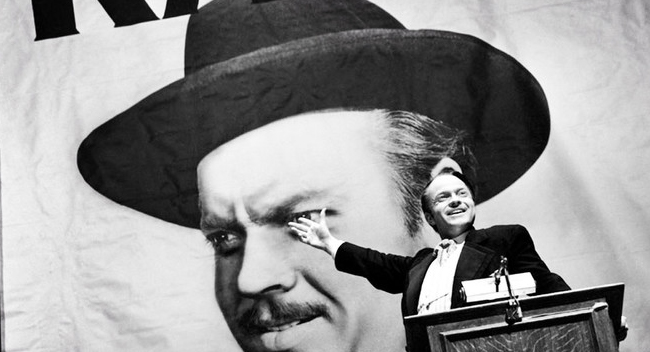
2. Citizen Kane (1941)
Ambitious in structure, cinematography, narrative and for taking on American newspaper tycoon William Randolph Hearst, for five consecutive Sight & Sound polls – 50 years – Orson Welles’ directorial debut Citizen Kane reigned supreme as the best film ever made.
As Trevor Johnston notes in Sight & Sound “all celluloid life is present in Citizen Kane; seeing it for the first or umpteenth time remains a revelation”.

1. Vertigo (1958)
In 1972 Vertigo sat just outside Sight & Sound’s Top 10, and since then has inched its way up the list until Hitchcock became the main contender to Welles’ heavyweight title.
This James Stewart and Kim Novak starring masterpiece mixes acrophobia with paranoia and sexual obsession when Stewart’s private investigator begins trailing an old friend’s wife. Like many of the films on this list, it was met with a mixed reaction upon release.
In assessing this changing of the guard Peter Matthews writes in Sight & Sound “after half a century of monopolising the top spot, Citizen Kane was beginning to look smugly inviolable. Call it Schadenfreude, but let’s rejoice that this now conventional and ritualised symbol of ‘the greatest’ has finally been taken down a peg”.

